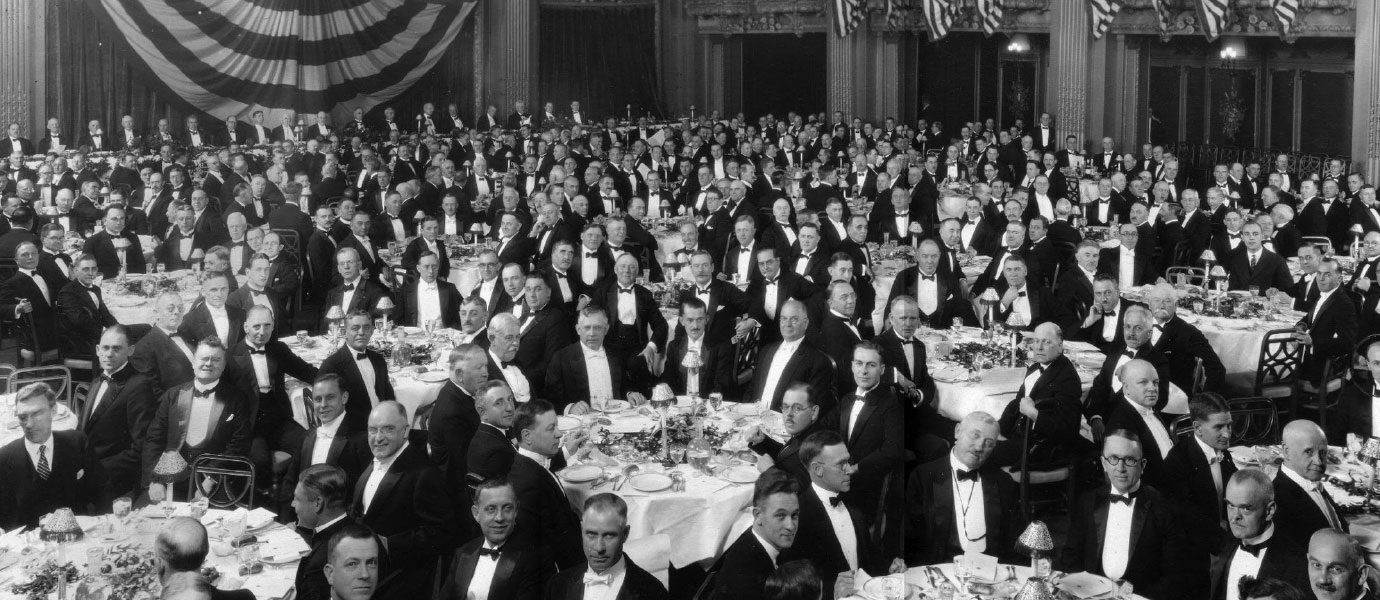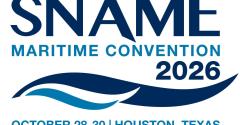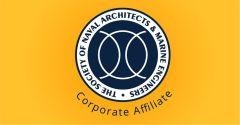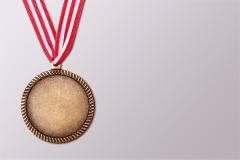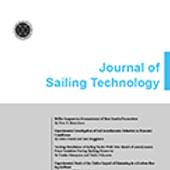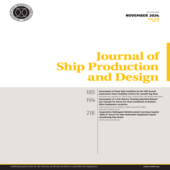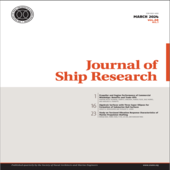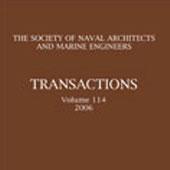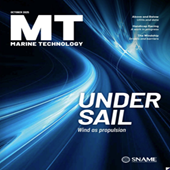Technical and research (T&R) | Bulletins and reports
Several aspects of the design and behavior of ship stiffened plates are discussed in this bulletin.The stiffened plate which is represented by an equivalent orthotropic plate, is subjected to compressive in-plane edge loads in two perpendicular directions, in-plane edge shear and lateral load. The basic differential equations describing the behavior of the plate in the prebuckling as well as in the postbuckling regions are presented, and a computerized solution is given. Non-dimensional design charts are presented giving the center deflection, critical load, effective width and bending moment in the stiffened plating. The charts are generated to cover a wide variety of values of the biaxial in-plane compressive loads, the in-plane shear, the lateral load, the virtual aspect ratio and the stiffeners and plate geometric characteristics. A computer program is also listed which can be used to determine additional results for values of parameters not covered in the design charts. Interpolation of the results presented in the design charts is also possible. Examples of applications illustrating the use of the charts are given, and description of the input/output operation of the computer program is included.
After covering the general uses of plastics in shipbuilding, this guide goes into the specific materials used in constructing vessels of glass-reinforced laminates. Properties of the basic materials are discussed, along with the handling of materials such as wood or foams that will be used with them. Additional chapters cover the storage of the basic materials and the manner in which they are applied in actual construction. This guide also discusses inspection and testing techniques. The references comprise a complete bibliography on the subject, which is followed by a detailed glossary.
As prestressed concrete ship hulls are becoming more widely applied and proposed, especially for service with hazardous cargoes and cryogenics, concern has arisen of the fatigue performance. Tabulation of the probable stress history of a concrete ship in normal full ocean service shows that the cumulative stress ranges lie well below the endurance capacities of prestressed concrete and its components. Fatigue becomes a serious concern only when the cracks in the concrete are repeatedly reopened under a large number of cycles. This is particularly serious for submerged concrete and for concrete exposed to salt spray; i.e., the typical deck and bottom of a vessel.
Hence, cracking must and can be limited by adherence to present design practices and rules.
T&R Bulletin 2-29A: Measurement and Evaluation of Structural and Machinery Vibration in Ships (2004)
"SLAMMING" damage sustained by the forward bottom structure of ships has been a consequential problem for over half a century; it has been a substantial contributor to the total cost of repair of hull damage to the U.S. Flagships. The Society of Naval Architects and Marine Engineers has a panel of its T&R organization studying the problem of ship slamming, its causes, and its effects. The work of researchers the world over are being reviewed and assimilated, the analyses and recommendations evaluated. It is appreciated by all that the problem of ship slamming has not yet been solved and is of such complexity, that it will most probably remain unsolved for some time into the future. However, much is now known about slamming and it is believed that it would be of service to the technical community if the Panel's Notes on Slamming were prepared in a form that could be of use in the future design of ships. By so doing, it is hoped that there will result in an order of magnitude reduction in the risk of forward bottom damage to ships, the short term goal for research on ship slamming.
The Notes are organized into five chapters which the Panel believes best reflects the major subdivisions of interest in the problem. The first chapter qualitatively describes the general problem, its history, and its consequences. The second and third chapters present hydrodynamic and structural aspects of slamming, giving both theoretical and experimental evaluations of various phenomena involved. Chapter four presents structural requirements for ship's forward bottoms as set down in the construction rules of several classification societies, while in chapter five, interim design methods are set down that the Panel believes will provide guidance for the development of more successful structural performance in ship forward bottoms.
The Notes are intended as an introduction to, and summary of, many developments and theories. It is not possible to fully discuss all the work on Ship Slamming in this document. It is anticipated that in those areas of particular interest, the reader will obtain original documents and determine the applicability, limitations, and assumptions of the work to their ship designs.
This bulletin was compiled by Dr. Dominique Béghin as Chapter 17 for the revised edition of the book Ship Structural Design, edited by Dr. Owen F. Hughes, and will ultimately be published in that form. It is released now as a T&R bulletin in order to make it available for use at an earlier date.
This bulletin was compiled by Dr. Dominique Beghin as Chapter 5 for the revised edition of the book Ship Structural Design, edited by Dr. Owen F. Hughes, and will ultimately be published in that form. It is released now as a T &R Bulletin in order to make it available for use at an earlier date.
